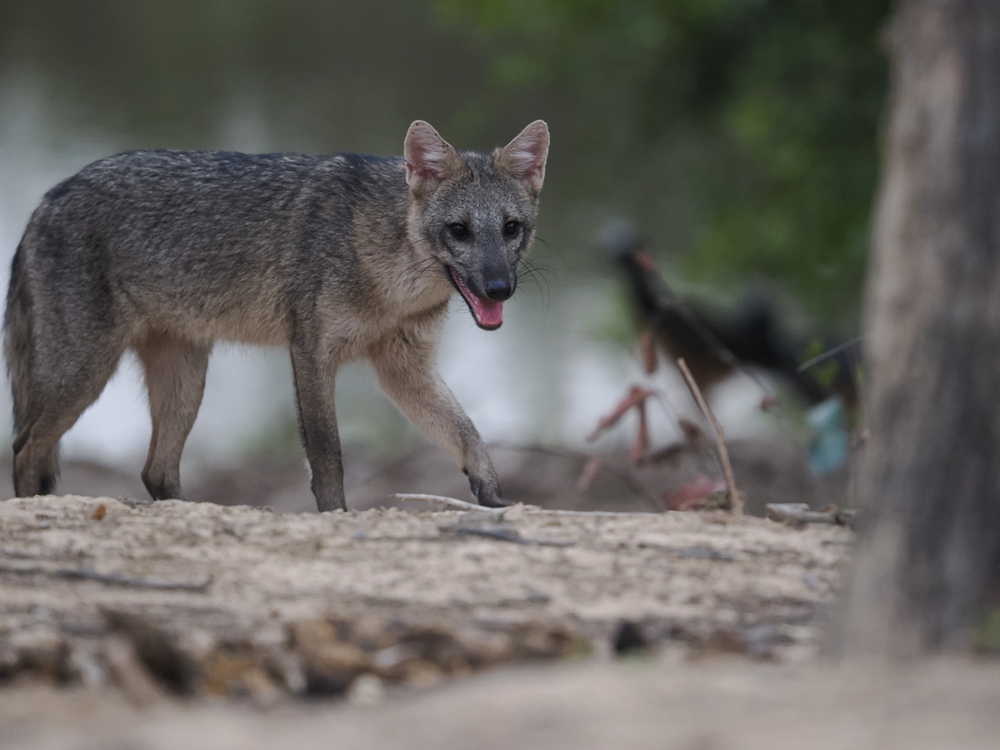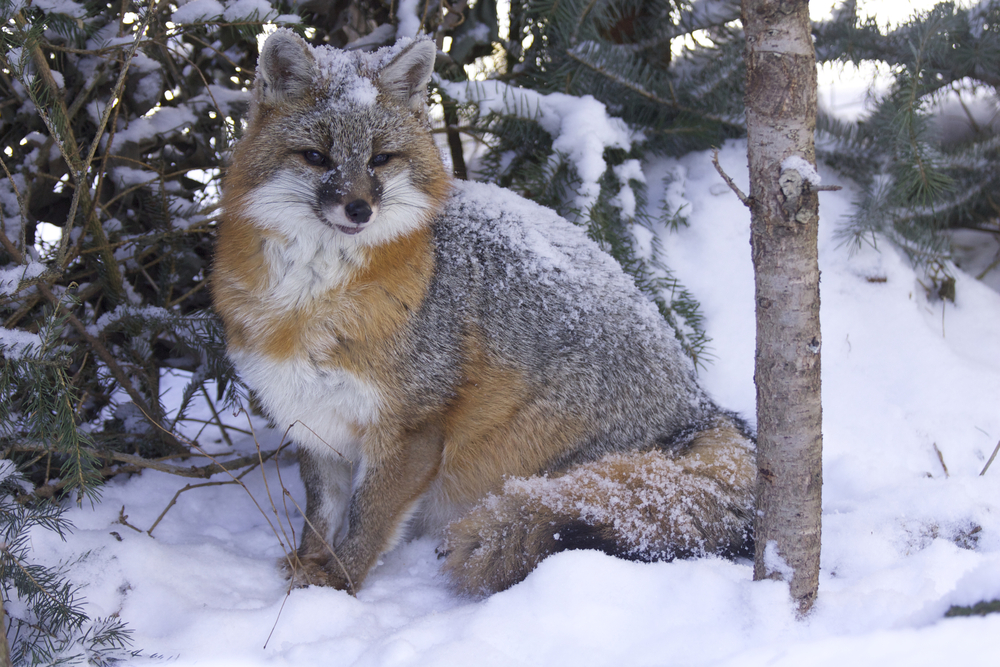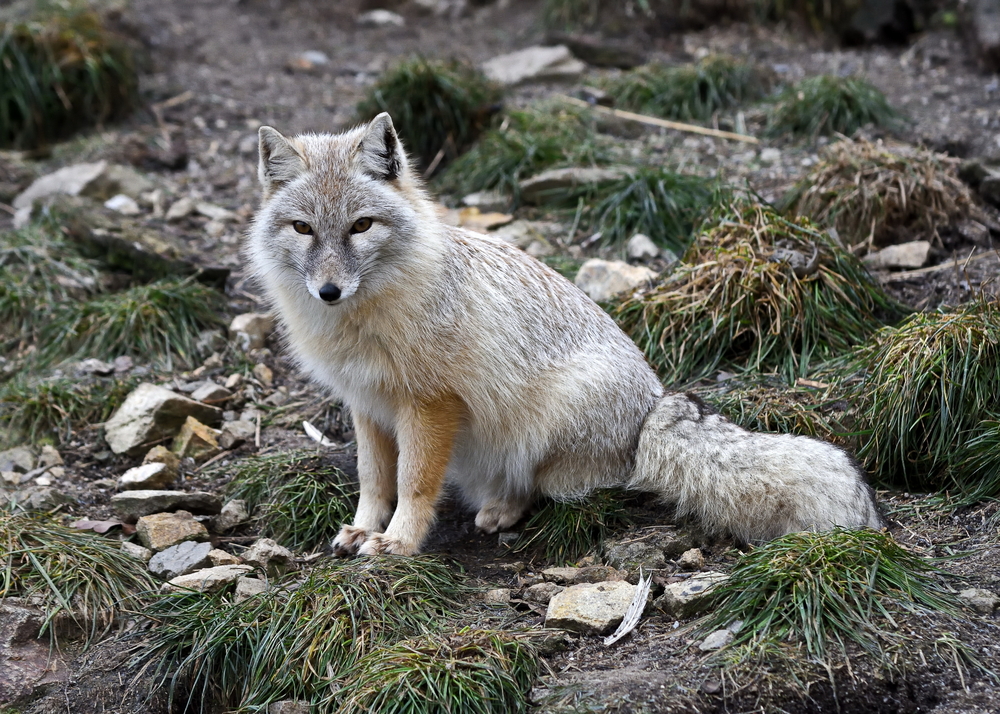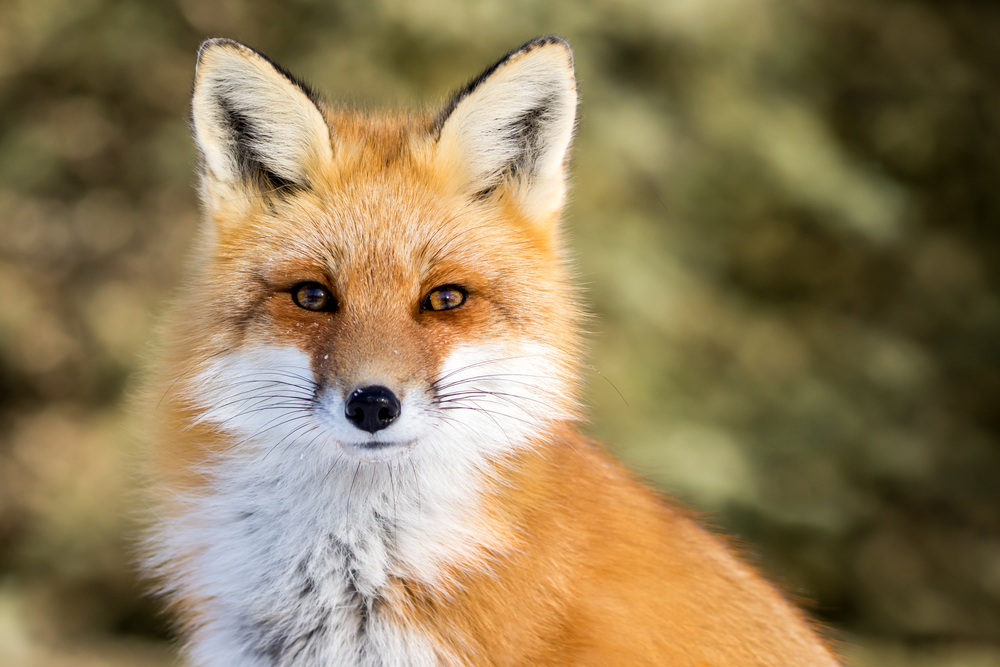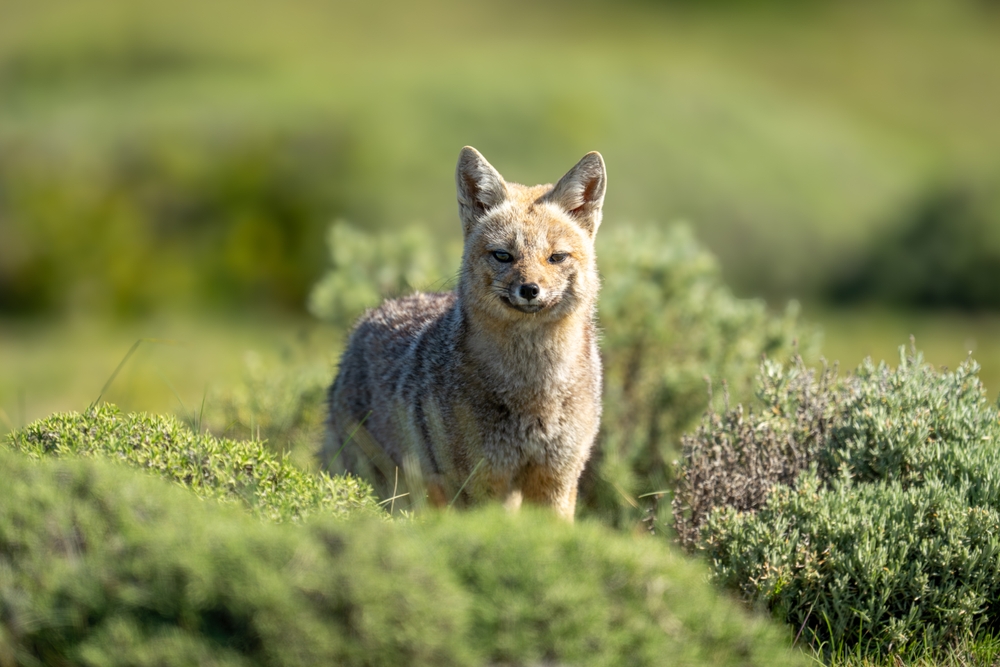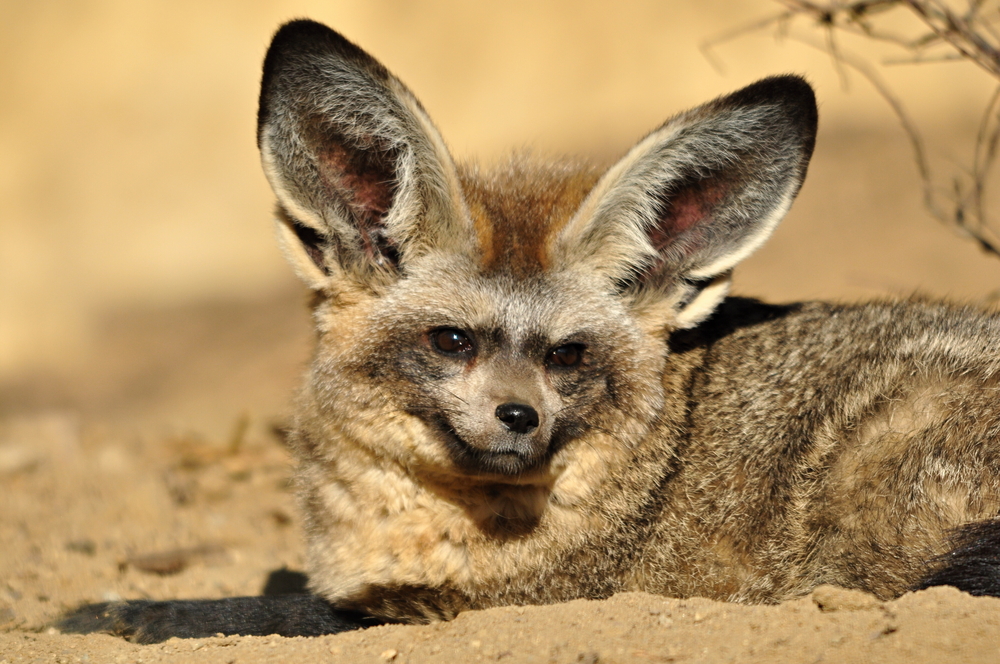About
#Mammals
The crab-eating fox (Cerdocyon thous) is a medium-sized, omnivorous canid native to South America, found in a wide range of habitats including savannas, forests, wetlands, and shrublands. Despite its name, it is not a fox in the Vulpes genus, but rather belongs to the Canidae family and the monotypic genus Cerdocyon. This adaptable species ranges from northern Argentina and Uruguay up through Brazil, Colombia, and into Venezuela and Guyana.
Adult crab-eating foxes typically weigh between 5 and 8 kg (11 to 18 pounds) and measure 60 to 70 cm (24 to 28 inches) in body length, with a bushy tail adding an additional 25–30 cm (10–12 inches). Their coat is grayish with reddish or tan markings on the limbs and face, and a distinctive dark stripe running down the spine and along the tail.
This species is primarily nocturnal and crepuscular, foraging at dusk and dawn. Highly opportunistic, the crab-eating fox consumes a wide variety of foods including small mammals, birds, reptiles, fruits, insects, carrion, and—true to its name—crabs and other aquatic animals when available. Its diverse diet enables it to thrive in both wild and human-altered landscapes.
Crab-eating foxes are typically solitary or live in mated pairs. They are den dwellers, often using hollow logs, burrows, or dense vegetation as shelter. Breeding occurs once a year, with litters of 3 to 6 pups born after a two-month gestation.
The species is listed as Least Concern by the IUCN, thanks to its wide distribution, adaptability, and stable population. However, localized threats include road mortality, habitat fragmentation, and conflict with humans over poultry predation.
Threatened:
Extinct
Critically Endangered
Endangered
Vulnerable
Near Threatened
Least Concern



































































